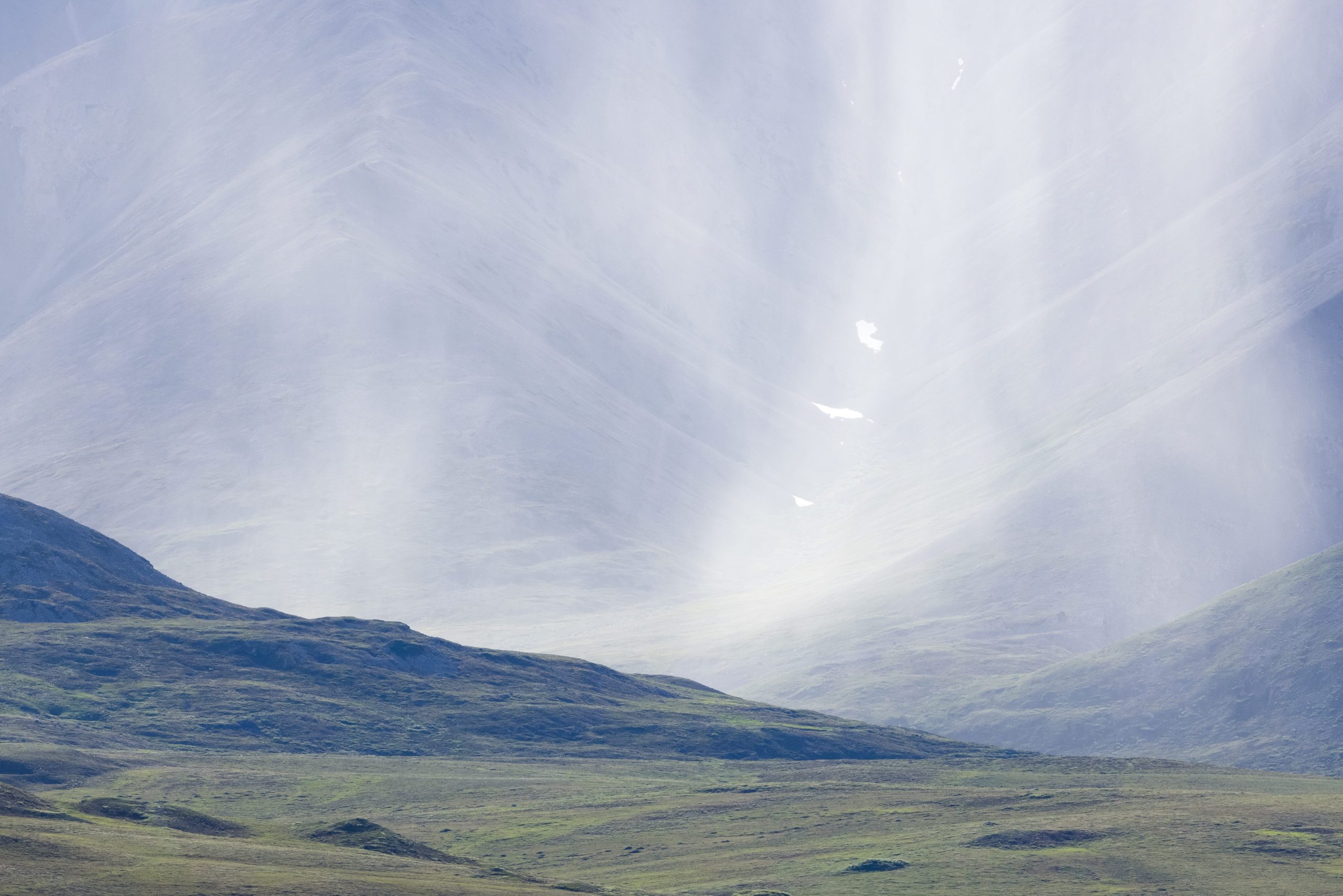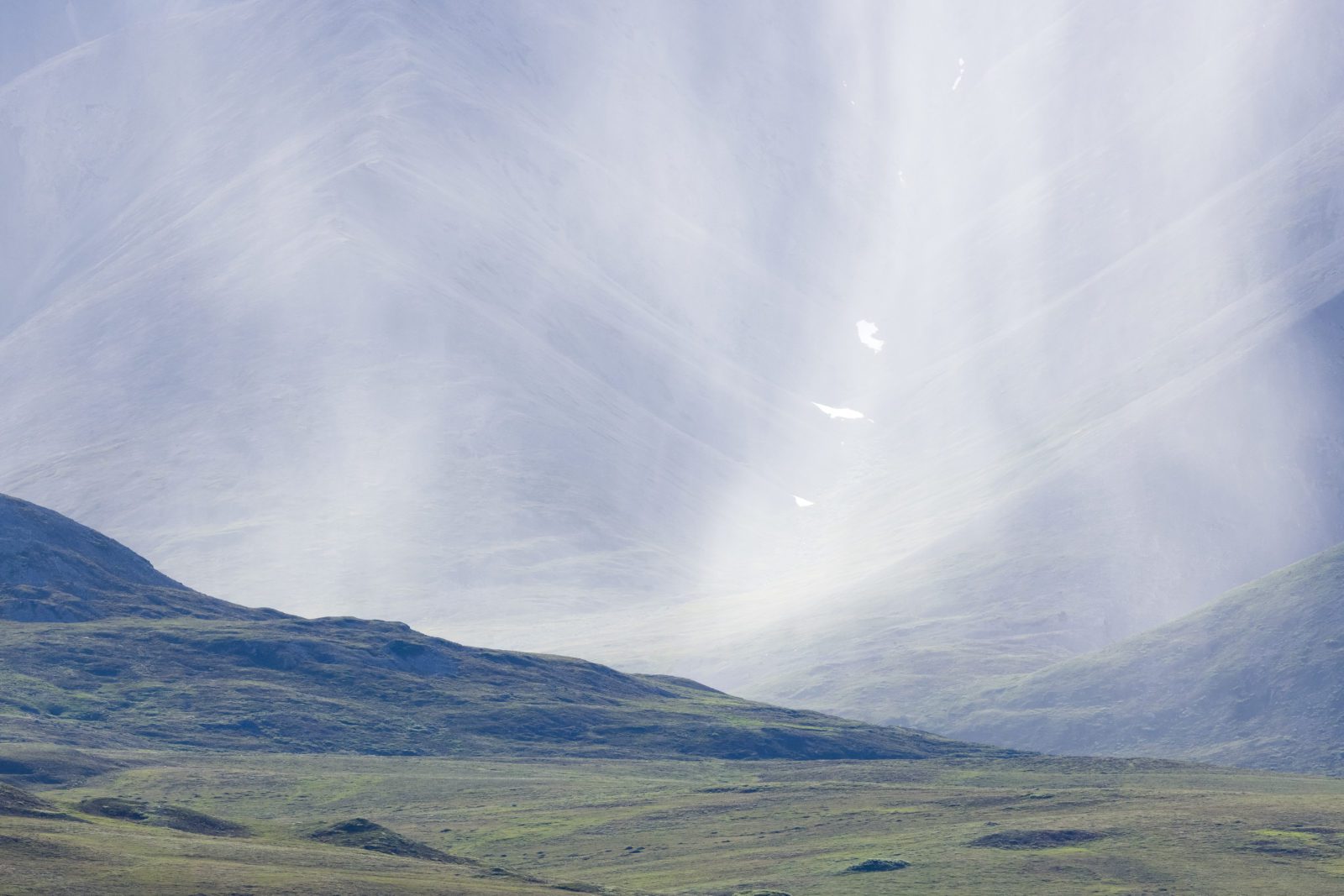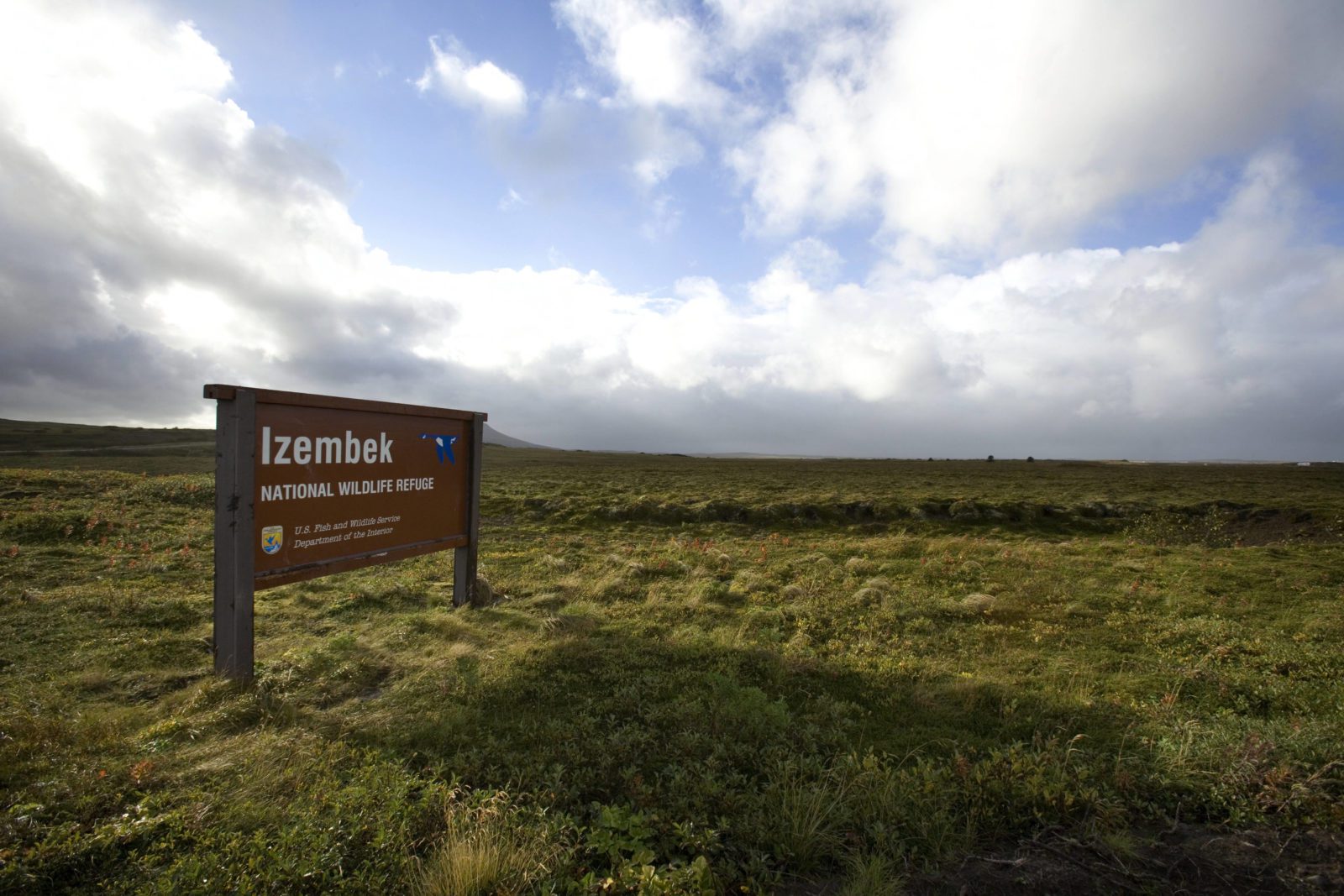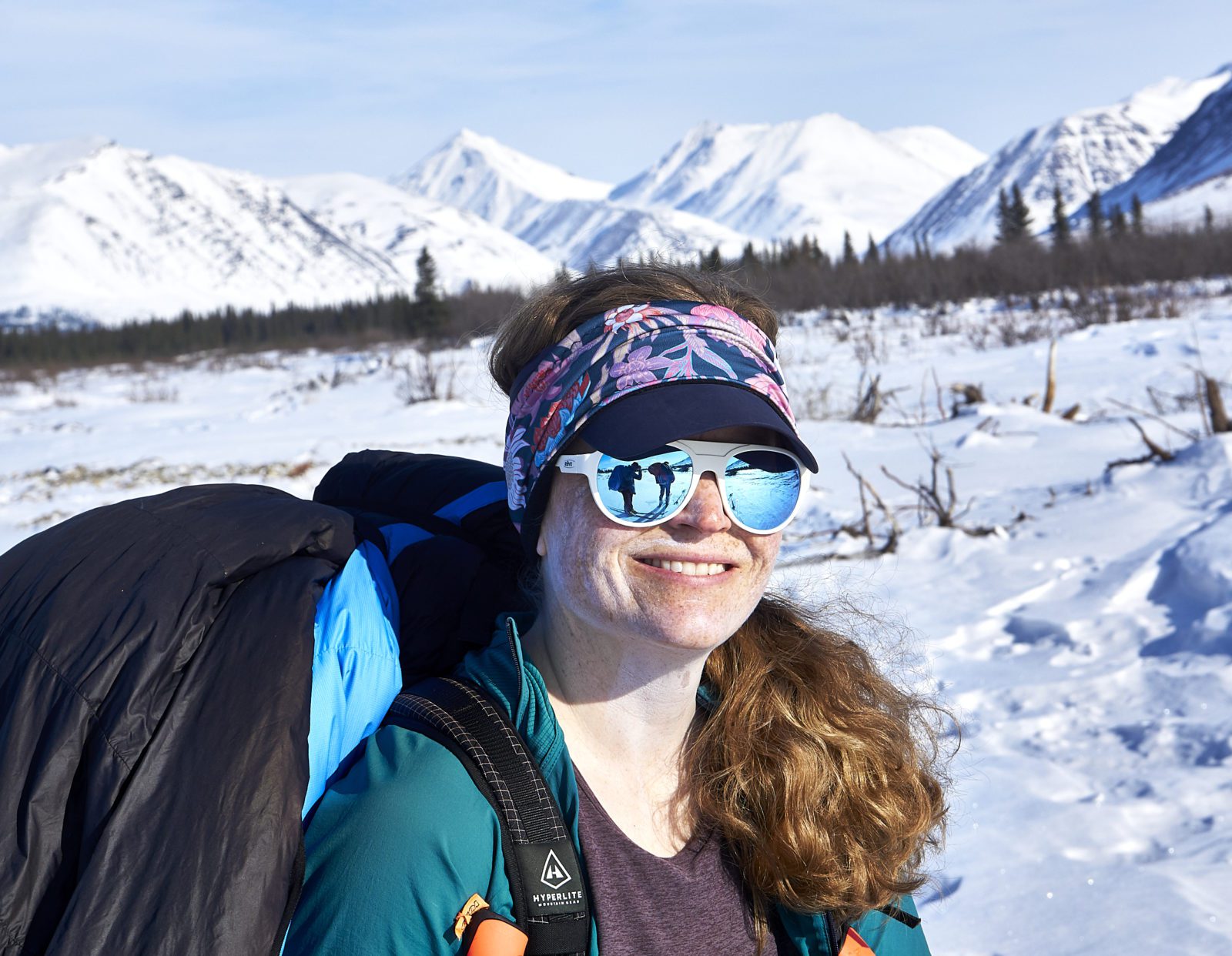
A Supreme betrayal: Alaska News Brief May 2022
We like to believe that certain groups of people, when given the right knowledge, experience, education, guidelines, etc., can make decisions for all of us without bias or agenda. One such body is the Supreme Court, the “highest” adjudicating body in the United States and the final authority on the law.
Let me tell you, we have a lot to worry about right now.

We sometimes laud the Court as the non-political branch of government—pure in motive, free of coercion and self-interest, and grounded in objective truth. We may know this is never completely possible, even with great effort, but now it appears the Court isn’t even trying.
The release of the draft decision overturning Roe v. Wade reveals more than division and subversion, politics and influence, and interpretations of the law that feed long-standing power structures that oppress some people while empowering others. It also reveals what’s been evolving for decades.
This isn’t just about abortion, or what rights women have to legally decide about what happens to their bodies or pregnancies, or whether faith-based beliefs about human reproduction should determine the laws governing everyone. It’s about broader constitutional rights and environmental protections.
The leaked draft shows a Supreme Court willing to disregard precedent and prioritize the influence and perspective of one worldview and history—namely a worldview and history founded on white, property-owning men having all the power and rights.
The U.S. Constitution explicitly gave certain rights to white men who owned property, including the right to vote, hold office, own land (and people), and essentially amass and hold power and wealth. This inherent injustice and inequality is baked into the law and legal system. It took centuries to give Black men, women, and people of color the most basic rights, like voting, access to safer jobs and elected office, and agency over their private lives.
Justice Alito’s leaked draft does what Supreme Court opinions rarely, if ever, do—restricts a constitutional right. He rolls back history, using a past world of abortion laws in U.S. states as justification for overturning Roe v. Wade. “Until the latter part of the 20th century, there was no support in American law for a constitutional right to obtain an abortion. Zero,” he writes on page 15 of the draft.
Remember, women were prohibited from voting until 1920—the 20th century—and it took the Voting Rights Act of 1965, nearly 100 years after the 15th amendment granting Black men the right to vote, to overcome state and local barriers employed precisely to prevent immigrants, Black, Brown and Indigenous people from voting.
A history of law is not the law, yet that is what originalists like Justice Alito want you to believe. Originalist interpretation would give constitutional texts the original public meanings at the time they became law. Justice Alito is trying to say that since the word abortion is not in the Constitution, it can’t be a right. Of course, he took 98 pages, including 31 pages of historical state abortion laws to try to explain it.
There were only ten constitutional rights in the Bill of Rights when the Constitution was written and adopted—no 15th or 20th Amendments.
Let’s think about the second half of the 20th century, a key period for civil rights gains, where laws and courts ensured the end of segregation, and that more people could vote, more people could have agency over their private affairs, more people could live their lives without the intrusion of the state into their decisions.
People could finally legally get and use contraception, for example, and have sex and relationships with consenting adults (legal interracial marriage and same-sex relationships). For many, the few decades starting in the 1960s meant they could finally get closer to the equal opportunity promises heralded in the Constitution and that is the legal reality today.
We have hundreds of years of precedent. Under the doctrine of stare decisis (Latin for “to stand by things decided”), constitutional precedent is not to be overturned on a litany of history that itself is laden with bias and agenda.
The decades that saw expanded civil rights also brought environmental laws to protect land, water, and air, and something of a legal recognition of the critical connection between the health of the environment and the health of human beings. The laws that resulted offered legal means for organizations like ours to help protect land, water, air, and communities by holding government and industry accountable.
Now that the Court seems to be on the verge of overturning 49-year-old precedent governing our bodies and private affairs, the Court may soon do the same for laws protecting land, water and air. A lawsuit brought by coal mining companies and Republican attorneys general is before the Supreme Court, claiming that the Clean Air Act does not permit the Environmental Protection Agency to regulate carbon emissions from the power sector. A court that shuns precedent and takes a narrow view of the law could undermine the ability of agencies like the EPA to restrict carbon pollution and prevent or at least mitigate already catastrophic climate impacts.
Worse yet, the Court has increased the use of a procedural practice—what a law professor calls the shadow docket—to achieve certain ends without issuing a decision on the merits of a case. Thousands of these orders get issued every year, more and more of them injunctions against district and circuit court rulings from going into effect, presumably while the cases make their way through the next court phase. The Supreme Court does not provide any reasoning to support these injunctions and leaves lower courts without any indication of whether these cases will be taken up by the Supreme Court at all.
In our own litigation around protecting biological diversity, in particular animals like bears and wolves in national preserves in Alaska, a District Court judge recently denied a U.S. Department of Justice request that the case be remanded back to the agency while also asking that the Court leave the challenged rule in place. It is good news that the Court did not allow the agency to duck legal questions by initiating a “review” of the challenged rule while simultaneously allowing that rule to apply indefinitely. However, the judge also declined to grant our request to take that challenged rule off the books because it was unclear to the court if it could do that before deciding the overall case. That was in part because of an unclear decision the Supreme Court issued as part of its shadow docket in another case.
There are many examples of the Court’s use of these procedural orders with real on-the-ground outcomes. In April, the Court put back into effect a Trump-era regulation that limits the ability of states to block projects that could pollute rivers and streams. The Court also blocked a rule on a vaccination mandate for large employers and put back into effect congressional district maps that two Alabama courts struck down as violating the Voting Rights Act.
In other words, millions of people are directly, possibly irrevocably, impacted by these Court orders without the Court actually ruling on the merits of these cases or saying it ever will.
It’s only through legally principled decision-making that the Supreme Court can sustain trust and not be viewed as merely another political branch. What we’re seeing instead are conclusions propped up by arbitrary arguments and orders with no established legal principles applied at all.
To see the Court lose its guardrails is to see three branches of government morph into two—and that stool won’t hold the weight of our democracy.


PS. Thanks to supporters like you, we can continue fighting to protect Alaska’s land, water, air, wildlife and people!

Litigation 101: What is a petition for a rehearing en banc and why did we file one?

Howling pierced the morning quiet



